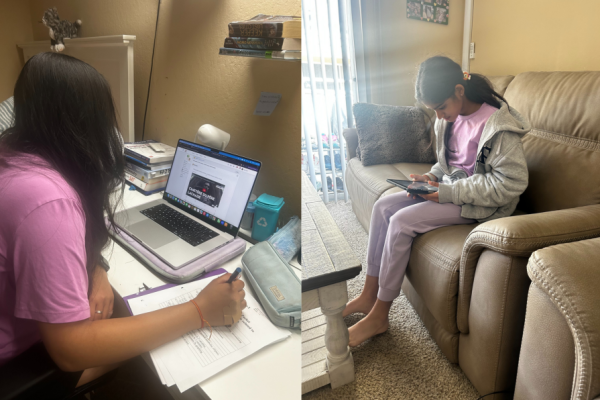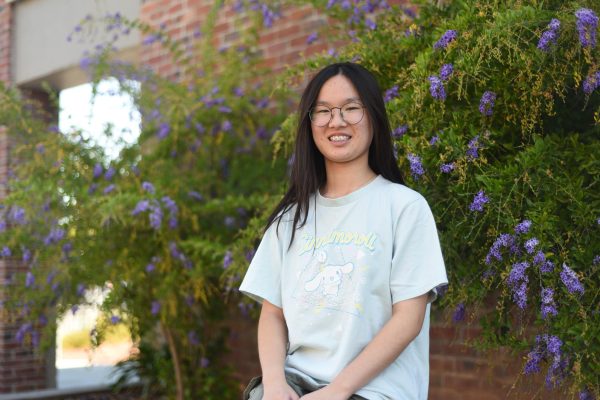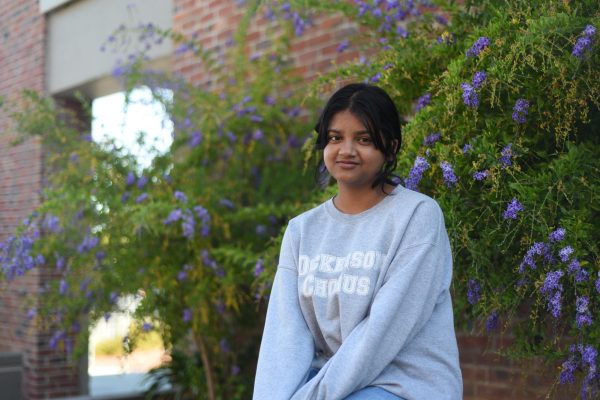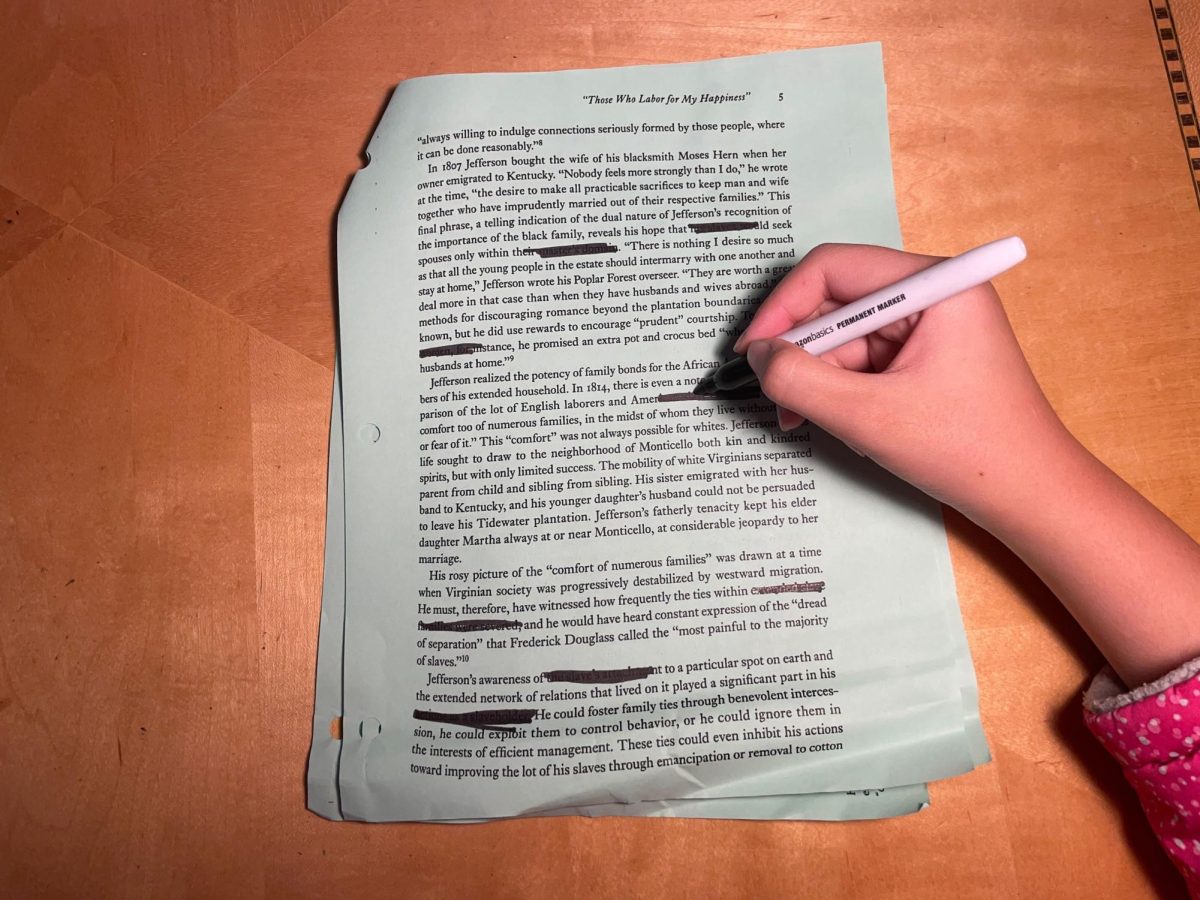
As he peeled the thin plastic wrapping off of the white box, MVHS parent and Apple senior manager Sanjay Garg couldn’t hold back his excitement. His fingers tingled from anticipation as he slowly lifted the lid to reveal his first smartphone: an iPhone 3G.
In 2009, Sanjay used his new phone exclusively to make phone calls. But, as technology has evolved to gain more functionality, his use of phones has expanded to include checking his emails, reading the news, monitoring his children and general entertainment. Today, Sanjay estimates that he spends an average of 15 to 16 hours daily on his laptop and phone, a stark contrast to earlier years in his life, when technology played a far less significant role.
“During my younger years, I used to get the newspaper, visit my doctors for appointments and look into my physical records and files,” Sanjay said. “In place of social media, we used to reach out to our friends. We would visit their homes and go do recreational activities in the park. But nowadays, everything is more or less happening in the virtual world.”
While he sees this reduced outdoor activity as one of the major drawbacks of digital devices, Sanjay believes there are still many advantages to the increasing use of technology. One of the main benefits he has experienced is the ease at which he can monitor his health with technology, utilizing various features to count his daily steps and track his mood. Sanjay emphasizes these positive aspects of his technology use, and makes an effort to minimize more negative uses, like social media, which he worries is addictive.
“I’m getting more addicted to technology, and that’s what is impacting my life,” Sanjay said. “Technology gives you the addictiveness of social media, and when you wake up in the morning, or before you sleep in the night, you just check your phone. It’s very important to understand technology and use these devices in the right way, instead of misusing it.”
Sanjay’s daughter, sophomore Tisya Garg, shares a similar experience, having noticed major changes in her use of technology as many things shift to become digital. In her early childhood, a strict routine filled with extracurricular activities and homework left Tisya with little room for the use of technology — she didn’t even know how to use the family TV because she had such limited interactions with it.
Tisya got her first personal device, a phone, in fifth grade so she could contact her parents when they were traveling. Before then, she had access to a TV, a laptop and an iPad. Even so, it wasn’t until the COVID-19 pandemic that Tisya began to spend more time on her devices and started enjoying activities like watching movies or scrolling through YouTube Shorts.
“When I was in fifth grade, I wasn’t really into technology,” Tisya said. “However, at this point, there are so many uses of the phone, and especially living here in the U.S., even for schoolwork, you need a lot of technology, like a laptop. Now I have an iPad, a laptop and a phone because the requirements have increased.”
Though both Tisya and Sanjay spend a majority of their time on their devices working, compared to her father, Tisya is less worried about getting addicted to her devices and believes that technology is inherently a beneficial thing. She feels that she maintains a reasonable balance between time on and off the screen, emphasizing productive uses of her technology like doing research over pure entertainment.
“I really don’t get that much time to spend on my phone, and even if I do, I might as well not, because at one point I get too bored, and I might as well do something extra,” Tisya said. “After a while, you get a sense of self-responsibility about that device, and why you need it. There are a bunch of positives to technology, and it’s only us humans who create the negatives by using it the wrong way.”
In contrast to her older sister and father, fifth grader Sabhyata Garg had access to a personal tablet starting from third grade. Sabhyata finds the technology available to her useful to explore her passions for research and writing, and she often uses her tablet to search for drawing tutorials and writes on her mother’s laptop. Additionally, Sabhyata enjoys using her technology for entertainment, frequently playing games on her tablet or watching TV with her mother. Using technology at a young age, she is aware of the downsides and understands the balance required when using these devices.
“You get too addicted to social media, and then you can’t focus on your studies because you’re way too addicted to it,” Sabhyata said. “You’re always watching it, and not focusing on studying. But it can also be fun watching when you’re bored.”
As a parent, Sanjay tries to restrict his kids’ use of technology because he believes that it’s easy for young kids especially to misuse technology and focus only on the entertainment it provides. He supervises Tisya and Sabhyata’s use of their devices and sets a limit of two to three hours a week for gaming purposes. However, he notes that they frequently find ways to work around his restrictions, so he also focuses on teaching them how to build a healthy relationship with technology.
“Kids don’t know the difference between uses and misuses, but the more you mature, the more you understand the impact, and then you use it for the best uses instead of for your misuses,” Sanjay said. “I’m trying to connect with my kids, saying, ‘Hey, use it for limited purposes, and use the devices not only for gaming but for educational purposes as well,’ because if they use technology positively, then it can help them in their lives.”











